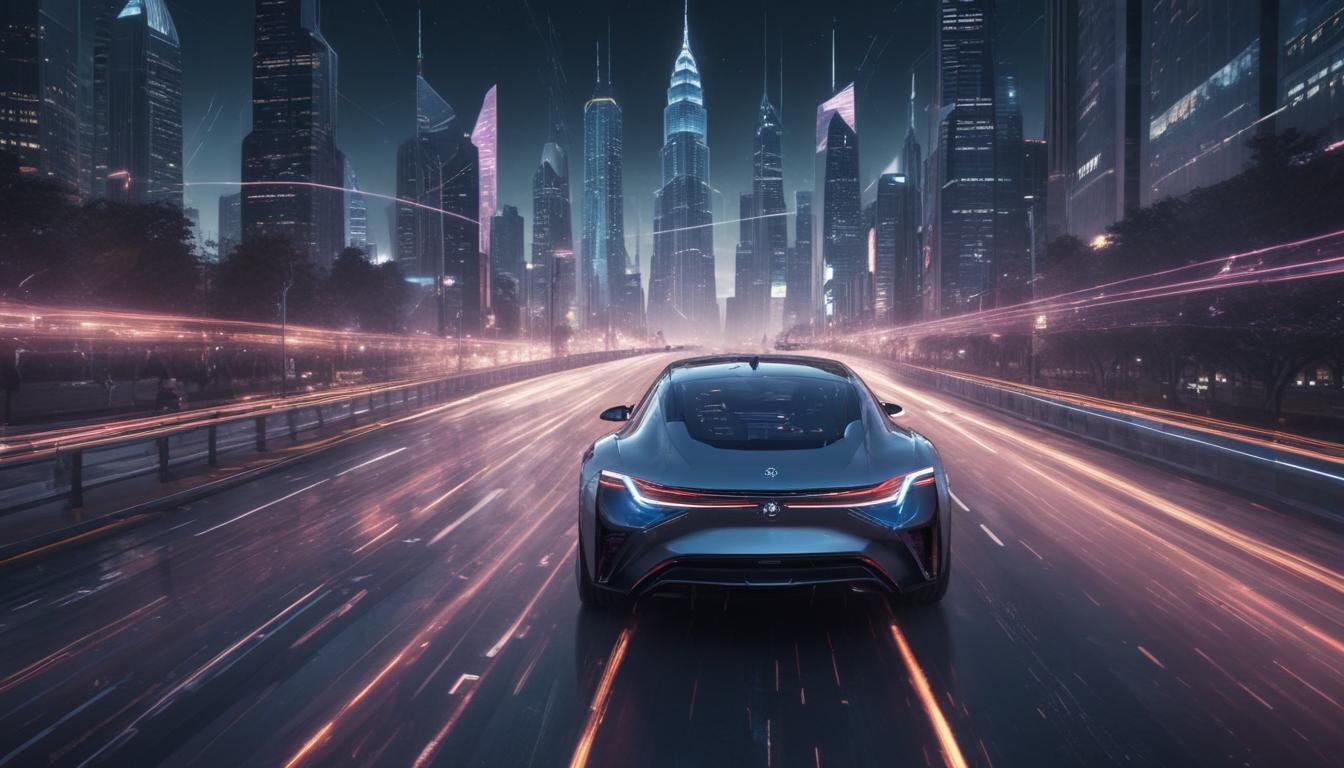Quantum Computing in Autonomous Vehicles: What to Expect
The fusion of quantum computing and autonomous vehicle technology represents a paradigm shift poised to redefine transportation as we know it. While still in its nascent stages, the potential of quantum computing to overcome the limitations of classical computing in the realm of self-driving cars is immense. This article delves into the exciting possibilities and potential challenges that lie ahead.
The Current Limitations of Autonomous Vehicle AI
Current autonomous vehicles rely heavily on complex algorithms and vast datasets to navigate, make decisions, and ensure safety. However, they are limited by the processing power of classical computers, which struggle with:
- Real-time Data Analysis: Analyzing sensor data from cameras, LiDAR, and radar in real-time is computationally intensive, especially in dynamic and unpredictable environments.
- Complex Route Optimization: Finding the most efficient and safest routes, considering countless variables like traffic, weather, and road conditions, requires immense processing power.
- Object Recognition and Prediction: Accurately identifying and predicting the behavior of pedestrians, cyclists, and other vehicles in complex scenarios presents a significant challenge.
Quantum Computing: A Potential Game-Changer
Quantum computing, leveraging the principles of quantum mechanics, offers the potential to overcome these limitations. Here’s how:
- Enhanced Processing Power: Quantum computers can perform calculations far beyond the capabilities of classical computers, enabling faster and more efficient data processing.
- Improved Machine Learning Algorithms: Quantum machine learning algorithms can train AI models more quickly and accurately, leading to better object recognition, prediction, and decision-making.
- Optimized Route Planning: Quantum algorithms can solve complex optimization problems, such as finding the most efficient routes in real-time, taking into account numerous variables.
- Enhanced Cybersecurity: Quantum-resistant encryption techniques can protect autonomous vehicles from cyberattacks, ensuring the safety and security of passengers and the vehicle itself.
Specific Applications of Quantum Computing in Autonomous Vehicles
Real-Time Data Processing and Analysis
Quantum computers can process vast amounts of sensor data in real-time, enabling autonomous vehicles to react more quickly and effectively to changing conditions. This could significantly improve safety, especially in challenging environments like crowded city streets or adverse weather conditions.
Advanced Machine Learning for Perception
Quantum machine learning algorithms can improve the accuracy and speed of object recognition and prediction. This will allow autonomous vehicles to better understand their surroundings and anticipate the actions of other road users, leading to safer and more efficient navigation.
Dynamic Route Optimization
Quantum algorithms can optimize routes in real-time, considering factors such as traffic congestion, weather conditions, and road closures. This can reduce travel time, improve fuel efficiency, and minimize emissions.
Quantum-Safe Security
As autonomous vehicles become more connected, they become more vulnerable to cyberattacks. Quantum-resistant encryption can protect these vehicles from hackers, ensuring the integrity of their systems and the safety of their passengers.
Emerging Trends and Future Directions
Several companies and research institutions are actively exploring the application of quantum computing to autonomous vehicles. Here are some key trends:
- Quantum-enhanced sensors: Developing sensors that leverage quantum phenomena to improve accuracy and sensitivity.
- Cloud-based quantum computing platforms: Providing access to quantum computing resources for autonomous vehicle developers through the cloud.
- Hybrid quantum-classical algorithms: Combining the strengths of both quantum and classical computers to solve complex problems.
Challenges and Considerations
While the potential of quantum computing in autonomous vehicles is immense, several challenges must be addressed:
- Hardware Development: Building and maintaining stable and scalable quantum computers remains a significant technological hurdle.
- Algorithm Development: Developing quantum algorithms specifically tailored for autonomous vehicle applications requires specialized expertise.
- Cost: Quantum computing is currently very expensive, making it difficult to deploy in mass-market autonomous vehicles.
- Regulation: Ensuring safe and responsible deployment of quantum-powered autonomous vehicles requires clear regulatory frameworks.
Conclusion
Quantum computing has the potential to revolutionize autonomous vehicles, making them safer, more efficient, and more intelligent. While challenges remain, the ongoing research and development efforts are paving the way for a future where quantum-powered self-driving cars become a reality. Staying informed about these advancements is crucial for anyone involved in the automotive, technology, or artificial intelligence sectors.

